
The Power of Belief
It’s good to be back home. Even though we homeschool, my older kids follow the public school schedule because of some of the activities they do. Last week was spring break, so we took the opportunity to travel to Idaho to visit Jonathan’s sister and family. We had a great time. We saw some sights, visited a college, spent time with family, and created some memories. I love vacationing, but there’s no place like home.

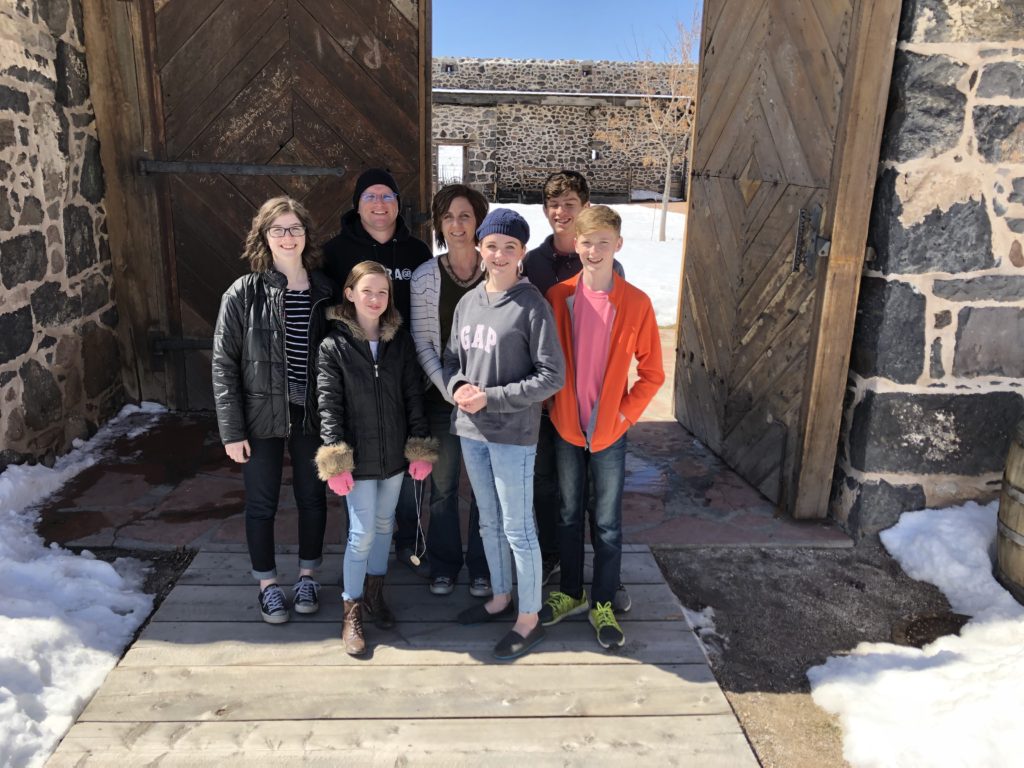
We are part of a homeschool family school that meets every Friday. The school’s mission is building heroes. We focus on several hero abilities throughout the year. This last month we talked about how a hero has to believe. A hero believes in the goodness of others. A hero believes in a higher power and a greater good. A hero believes in themselves.
A belief is an acceptance that a statement is true or that something exists. It is something a person accepts as real. Other words that can often mean the same thing are trust, faith, and conviction.
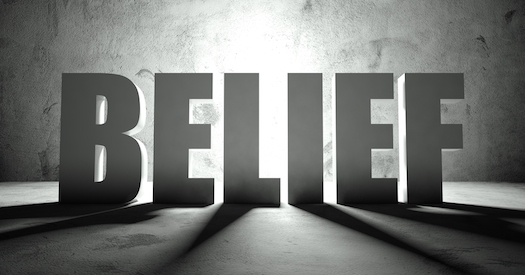
One of my responsibilities at the school is to teach a lesson about the specific attribute once every quarter. I usually define the attribute, share a book, and do a couple activities.
The book I read this time was a delightful story with a powerful message called The Spyglass by Richard Paul Evans. In the story is a kingdom that was once grand. It was known throughout the land for its buildings and gardens and farms. But over time, something changed. The buildings fell down and were in need of repair, the farms didn’t grow enough food for the kingdom, and the villagers were poor and unhappy and had forgotten why the kingdom was once great.

One day, a stranger arrives at the king’s castle. He notices that nothing is as it should be and wonders why the people of the kingdom don’t change it back. The king explains that they have tried, but no longer believe that they can make it great again.
The stranger shows the king a special spyglass. When the king looks through the spyglass, he sees the greatness of his kingdom— countless farms and gardens, magnificent castles and cathedrals, music and dancing. The stranger teaches the king that one must see first and then do the work required for change. After the king sees the greatness his kingdom holds, the stranger says, “You have seen what might be. Now go and make it so.”
The king then travels around the kingdom showing the people what might be and works with them to make the kingdom great again. They beautify the parks, rebuild the churches and houses, plant seeds, enjoy music and dancing, and are filled with wonder and hope.
After two plentiful harvests, the stranger returns to the kingdom to retrieve his spyglass. The king is afraid to give it back. There is still much to be done in the kingdom. The stranger explains that the spyglass is no longer needed. The king and his people had used the spyglass to see what could be if they believed. They now had faith and that is why they succeeded. One last time he tells the king, “You have seen what might be. Now go and make it so.”

When we believe in something we act on that belief and, as CS Lewis says, we are what we believe we are. Because the people in the kingdom believed, they acted. And because they acted, they created different results.
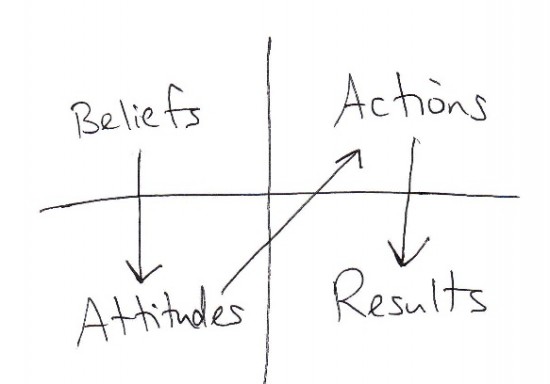
After I read the story, we talked about the power of believing in ourselves and how the things we say can have a great impact on what we think we can or can’t do.
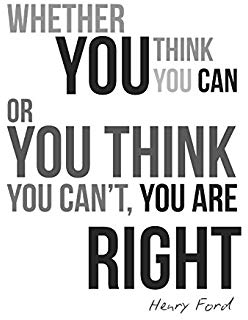
We did an activity comparing limiting and empowering beliefs. I had a list of things we might say or think about ourselves and we sorted them into two different piles—limiting and empowering.
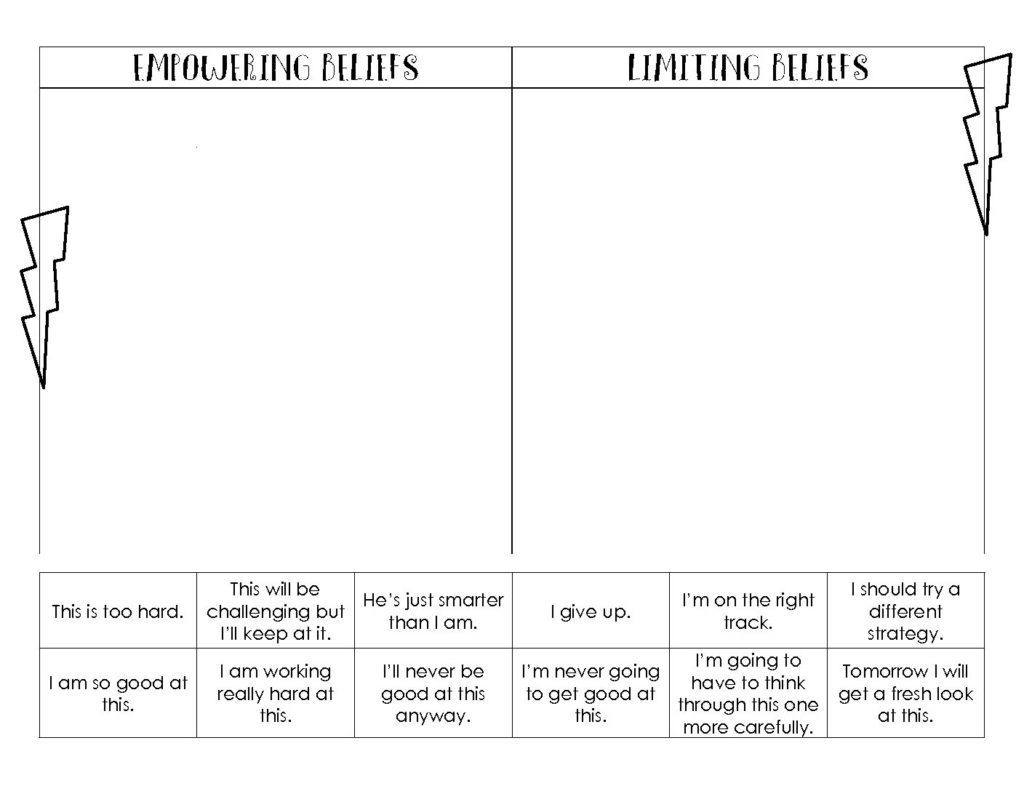
Then we took the limiting beliefs and turned them into empowering beliefs. Instead of saying, “I can’t do this.” try “I can’t do this, YET.” Instead of “I give up.” say “I should try a different strategy.”
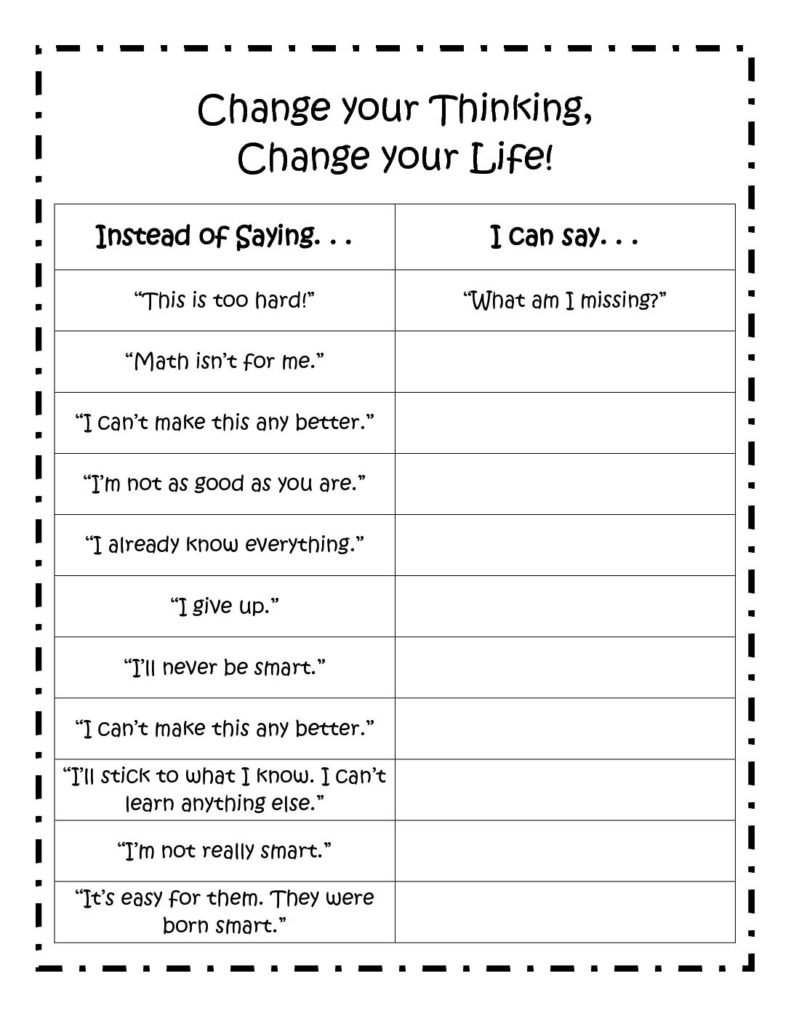
The last thing we did was create affirmation statements. We talked about the power of having a tool in your pocket for times when a limiting belief seems too strong to overcome. I taught them to say their affirmation statement several times a day—to ingrain the sentence into your thinking. Also, I told them to be aware of times when they say or think a limiting belief. Whenever this happens, stop the thought and say your affirmation. I gave each person a square of paper that said, “I am _______.” We brainstormed words we could put in the blank space and wrote a couple of affirmations.
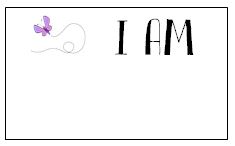
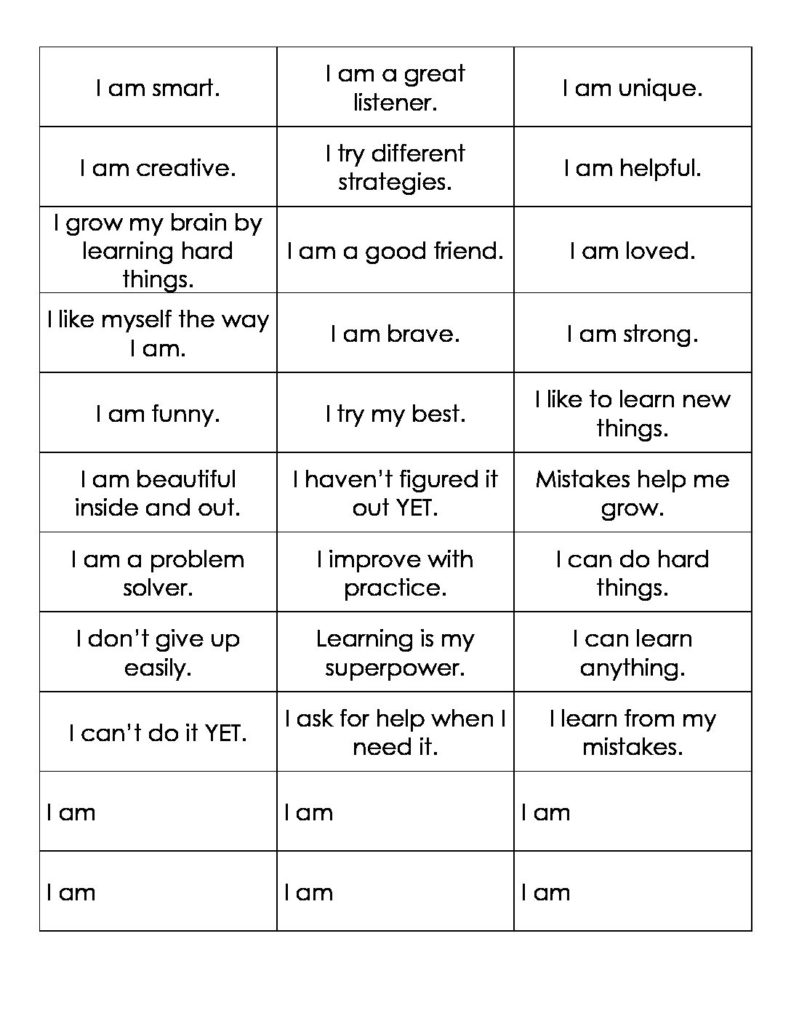
You have the ability to believe in yourself. You have seen what might be. Now go and make it so.

Some of the links in this post are affiliate links. This means if you click on the link and purchase the item, I will receive an affiliate commission at no extra cost to you. All opinions remain my own.

